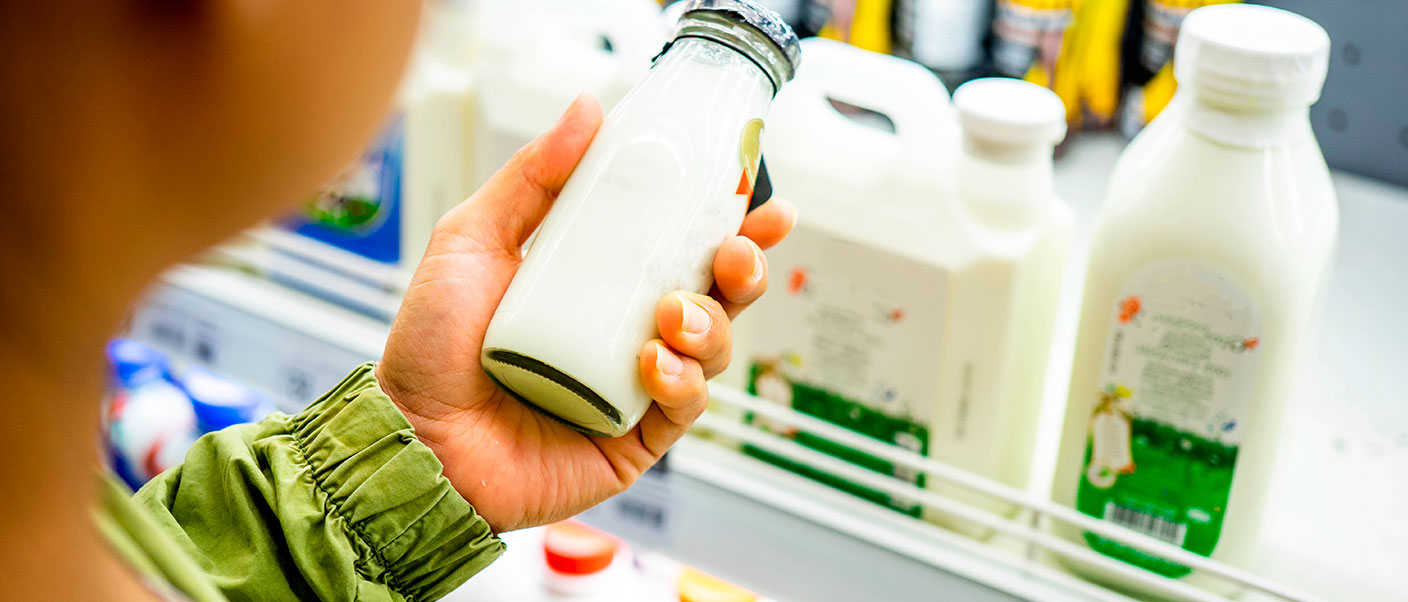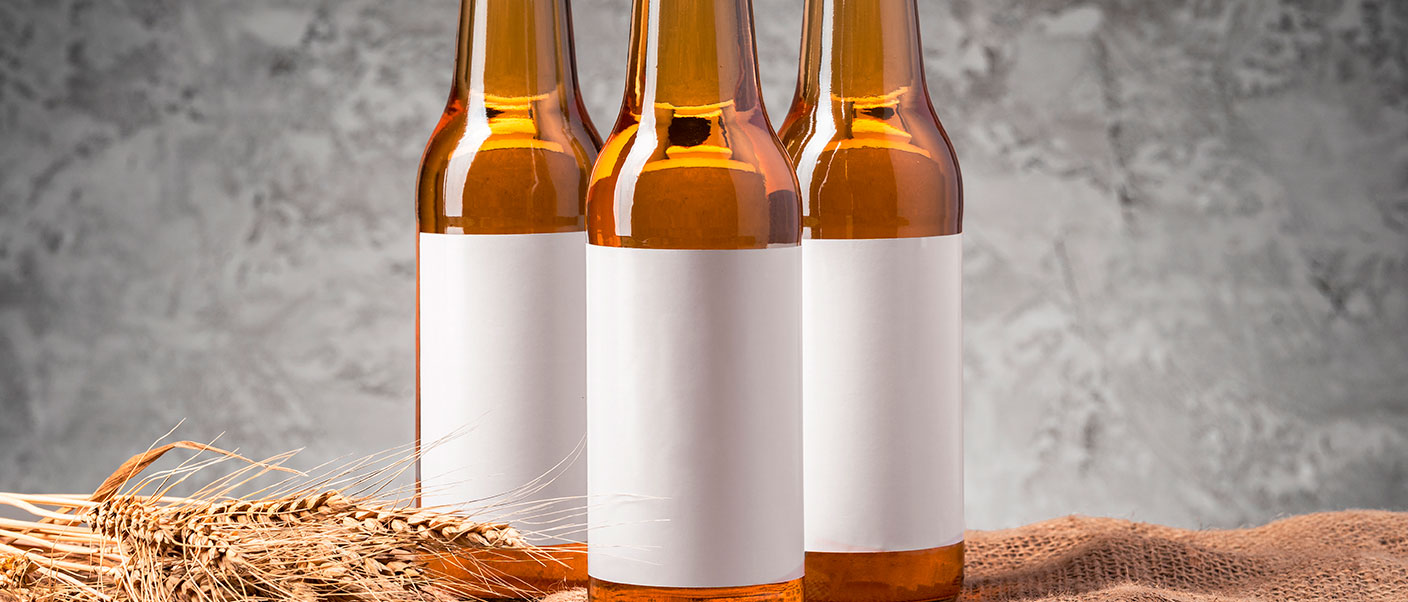Labelling on beverages has a substantial influence on the consumption experience; thanks to packaging labels, each liquid becomes unique and unmistakeable.
They are determining factors to the point that some beverages are ordered and consumed more than others based on their design, visual appearance and, now more than ever, for what they can tell us and detail in the information they provide.
The question is if we are currently dealing with savvy consumers who are able to correctly decipher, understand and differentiate the information this labelling on containers or if, on the contrary, we are overloading them.
Conversely, is the industry rushing into detailing and providing data that consumers are incapable of interpreting because they are not sufficiently educated or informed?
As you can see, the subject is quite broad and meaty, so we’ll try to answer these questions and many more over the course of several posts. Continue reading…
Packaging labels on beverages: a key factor for the industry and the consumer
Beverage labels are among the most important and challenging issues at the moment.
Both for the industry, which exists in a very competitive and saturated sector with a plethora of varied options and new liquids, and which at the same time is facing the challenge of providing greater transparency and sustainability its labelling (above all to comply with legal requirements), and for consumers, who, increasingly concerned about their health, are more demanding today and need to know in detail what they are consuming at all times.

Although the objective these labels pursue is to achieve a “an image and brand reputation” while also increasing sales volumes and providing a list of ingredients and detailed nutritional information about the products, they also fit into the commitment most beverage producers have to giving the consumer more transparent information.
What information must a beverage label contain?
Specifically, within the framework of the European Union, Regulation 1169/2011 on food information provided to the consumer (in force since December 2014) states and details the minimum information that must be included.
The purpose is for consumers to know and be able to inform themselves about the energy values, amounts of fats, carbohydrates, sugars, proteins or salt contained in beverages.

- The energy value must be expressed first in kilojoules and then in kilocalories and the nutrients in grams or millilitres. Vitamins are to be indicated whenever they are present in significant amounts. But the question is what “significant” means; in the case of beverages, this is objectively 7.5% of the nutrient reference values for adults supplied in 100 millilitres.

- The information should be presented together in one place on the label.
- Some beverages are exempt from the European regulation and are not required to provide nutritional information: beverages with just one ingredient (waters and teas) and beverages containing more than 1.2 % of alcohol. In the latter case, the Regulation reiterates that each country should decide what information to provide. This part is a source of debate because there are beverages that exceed this alcohol content and which contain multiple ingredients (in many cases not especially healthy ones) and yet are outside of the regulation, i.e. they do not have to indicate what they contain.
- In any case, the labels for beverages with more than 1.2% alcohol must include:
– the name of the beverage.
– the ingredients which can cause allergies or adverse reactions.
– the net amount.
– expiry date (not required for wines or beverages with more than 10% alcohol).
– name or business name of the marketer.
– Alcohol content.
Although in this last case, they are not required to include nutritional information, on the other hand there are more and more beverage manufacturing sectors involved.
This is the case of the European brewing industry (which includes Spain), which came to an agreement on transparency in 2015 to provide the list of ingredients as well as the nutritional information.











Comments